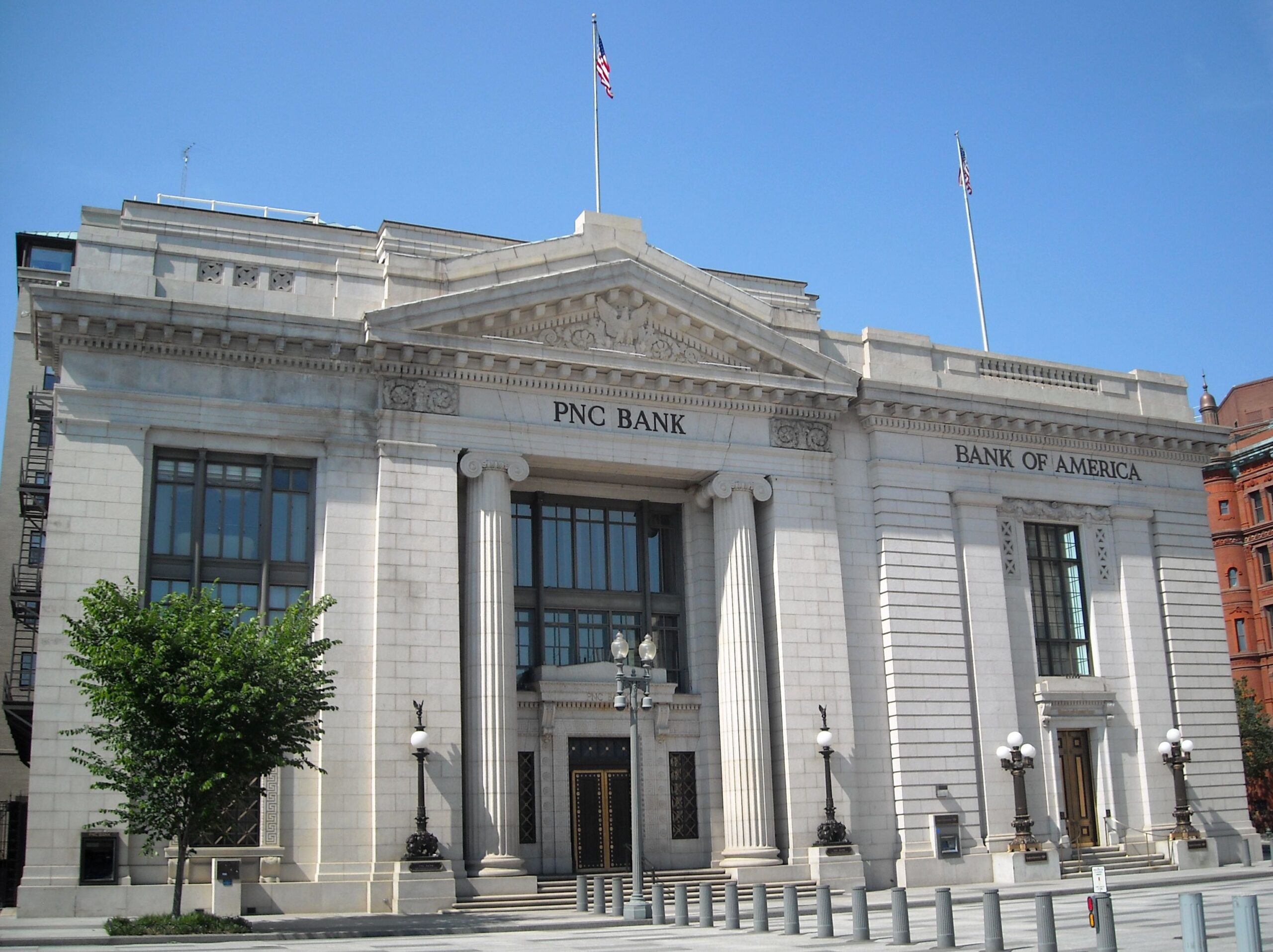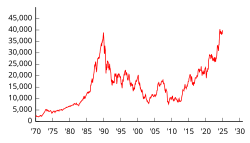
Introduction
The term ‘1% Club’ has garnered significant attention in recent years, symbolising the wealthiest individuals and challenging societal discussions around income inequality. This group, which comprises around 1% of the population in many countries, holds a disproportionate share of wealth, leading to ongoing debates about economic fairness, policy implications, and addressing the widening gap between the affluent and the majority. Understanding the dynamics at play within the 1% Club is crucial as it frames discussions about taxation, social justice, and economic policy reforms needed to foster a more equitable society.
The Wealth Disparity
Recent data indicates that the wealthiest 1% control more than 40% of global assets, a statistic that has raised alarms among economists and social activists alike. According to a report from Oxfam, the wealth of billionaires grew by $3.9 trillion during the COVID-19 pandemic, while millions faced job losses and financial distress. This stark contrast has underscored the urgency for governments around the world to reassess their tax structures and social welfare systems, aiming to redistribute wealth more equitably.
Economic Impact and Policy Responses
In response to growing concerns, several countries have begun reassessing their tax policies to address the wealth gap. For example, President Biden in the United States has proposed increased taxes on the wealthiest Americans to raise funds for education and infrastructure. Similarly, the UK government is considering reforms aimed at ensuring that the highest earners contribute a fairer share to public finances. The effectiveness of these measures remains to be seen, but they signal a turning point in addressing the pervasive influence of the 1%.
Social Consequences and Public Sentiment
The societal implications of the 1% Club extend beyond financial statistics. Growing frustrations among the middle and lower classes have led to movements focused on economic justice, including protests demanding better wages and more robust social safety nets. As public awareness about wealth inequality rises, the calls for change are louder than ever, with grassroots organisations advocating for a fairer economic system.
Conclusion
The debate surrounding the 1% Club is far from settled. As the divide between the wealthy and the rest of the population continues to widen, it raises crucial questions about the sustainability of current economic practices and the moral obligations of the elite. Looking ahead, it is essential for policymakers to consider comprehensive reforms that not only address wealth distribution but also promote overall economic growth. The journey towards reducing inequality is complex and politically charged, but it is paramount for building a resilient and equitable society for future generations.
You may also like

Current Status of the Bank of England Base Rate

The Importance of Austerity Measures in Today’s Economy
